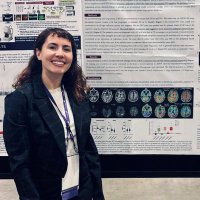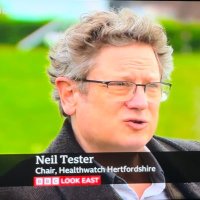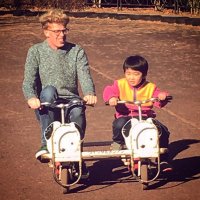
Rob Leech
@leechbrain
ID: 3247908407
https://github.com/ActiveNeuroImaging/Blender/blob/main/README.md 12-05-2015 13:41:23
3,3K Tweet
1,1K Takipçi
880 Takip Edilen

We started this journey together at the BCBlab, and I’m so glad to see the “cognition morphospace” finally published in Nature Communications, joining the “disconnectome morphospace” in our morphospace family! Congratulations Valentina Pacella 👏


For those in Chicago for Society for Neuroscience (SfN), welcome! Come check out our poster (Wed 1-5pm; I'm there at 4!). We recorded iEEG during a mental imagery task, with rsfc-MRI networks in the same patients. Come learn about changes in temporal dynamics across different functional networks!


Shining a light on subcortical organization 🧠💡! Using Ye Ella Tian's Melbourne Subcortex Atlas, here’s my latest dive into glass brain visualizations—aiming for practical and insightful anatomical renders! 🎥👇

Happy to share our Opinion piece Trends in Cognitive Sciences "Large-scale interactions in predictive processing: oscillatory versus transient dynamics" with Martin Vinck, Cem Uran, Jarrod Dowdall & Brian Rummell. Check our thread below 🧵👇



Our review/perspective on tracking non-stationarity of an unknown process is now published in Chaos 🦋 Congratulations Kieran Owens ! Stay tuned for some follow-up work coming soon 👀 pubs.aip.org/aip/cha/articl…

Remember back in 2022, when we didn't need to worry about a 2nd Trump Presidency, but were concerned about how many participants it would take to map links between personality & brain activity? (cf work by Scott Marek & Nico Dosenbach) We have good news 👇 nature.com/articles/s4200…

To this end we took the task data from the Human Connectome Project and examined how brain activity in each situation vary with the Big-5 Personality traits. We built a 3d state-space using the first three #gradients from the work by Marc Margulies and projected task data into it 👇





So the take home is that BWAS studies that use only 1 situation (often rest) require large sample sizes because any single situation may not be suited to detect brain-trait associations for all trait dimensions. See this nice review by Caterina Gratton pubmed.ncbi.nlm.nih.gov/39419740/



Using machine learning, this study shows that self-reported experience of task states maps onto 'brain space', i.e., features of different task states identified in fMRI. Jonny Smallwood Rob Leech Ian Bronte Mckeown nature.com/articles/s4427…




